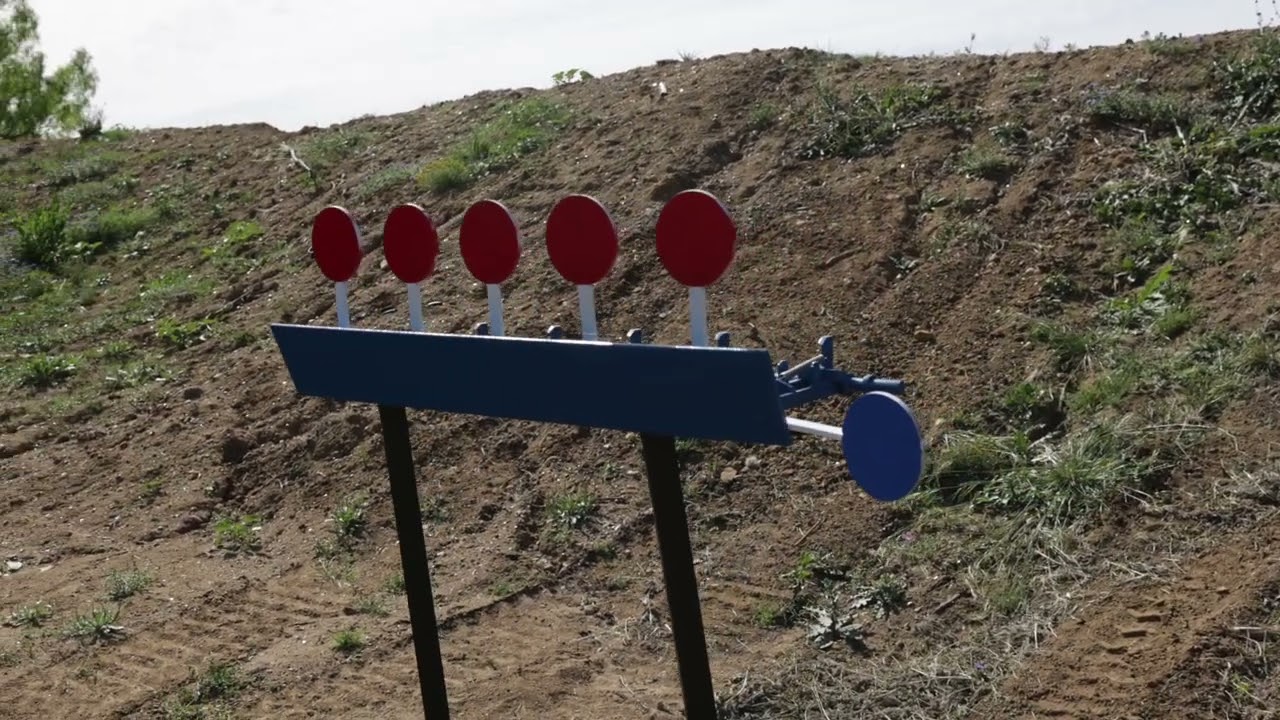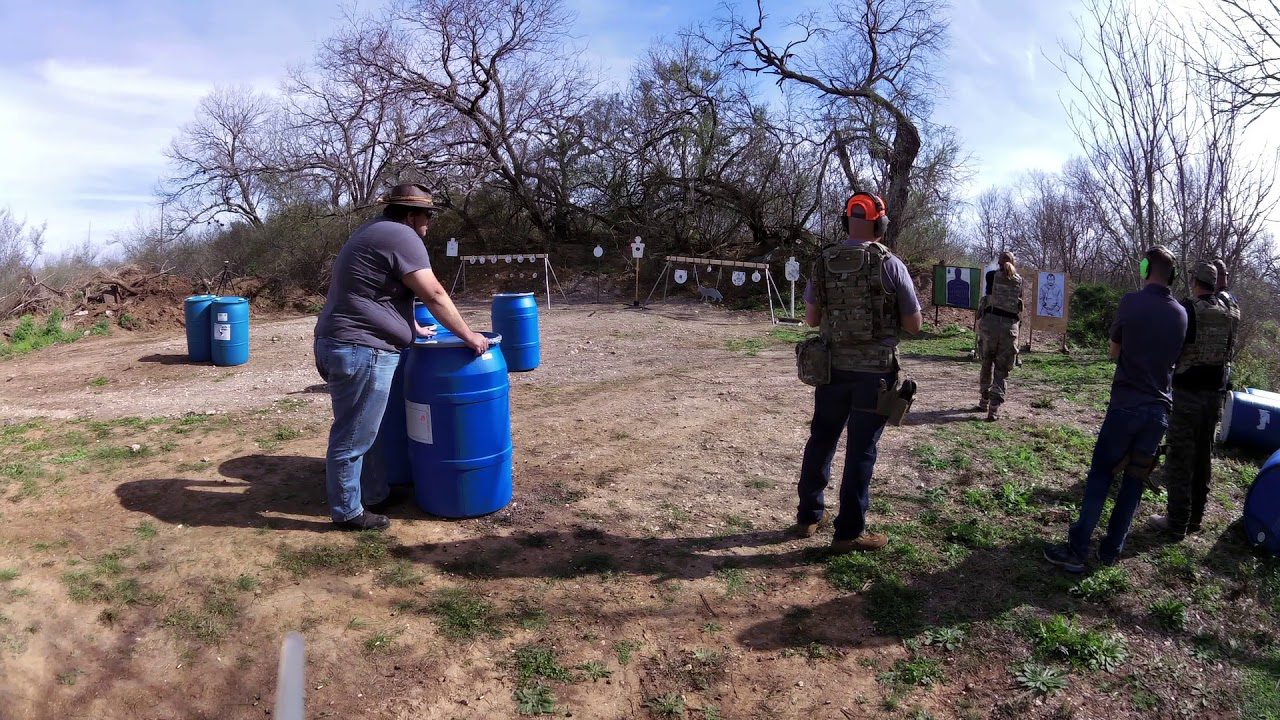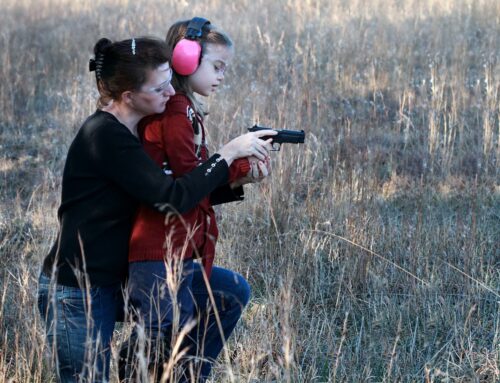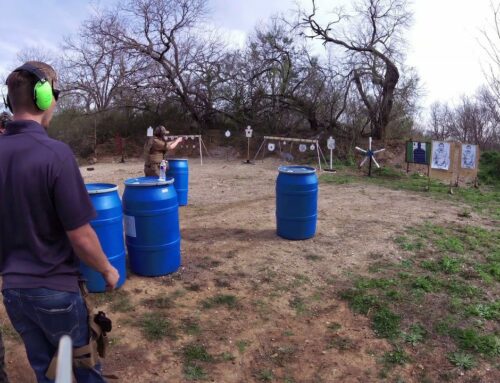Choosing the Right Steel Target: A Buyer’s Guide
When it comes to precision shooting, your choice of target matters just as much as your choice of firearm or bow. Steel targets, known for their durability and satisfying audible feedback when hit, are a popular choice among shooting enthusiasts. However, with a plethora of options available, choosing the right steel target can be a daunting task. In this buyer’s guide, we’ll walk you through the factors to consider when selecting a steel target, ensuring you make an informed choice that suits your needs.
1. Target Type
The first decision to make is the type of target you require. Steel targets come in various shapes and styles, each designed for different shooting practices and training purposes. Here are a few common target types:
Static Targets:
These are stationary targets that do not move when struck. Static targets are suitable for general target practice and precision shooting.
Reactive Targets:
These targets respond to hits by moving, spinning, or making a distinct sound. Reactive targets add an element of excitement and challenge to your shooting sessions.
Silhouette Targets:
Silhouette targets often mimic the shape of animals or human figures. They are commonly used for defensive training and hunting practice.
Dueling Trees and Spinners:
These dynamic targets consist of multiple paddles that move when hit. They are ideal for competitive shooting and improving accuracy.
2. Material
The material used in the construction of your steel target is crucial for both safety and longevity. The most commonly used material for steel targets is AR500 or AR550 steel. These steel types are abrasion-resistant and capable of handling high-velocity impacts without deformation.
Ensure that the target you choose specifies the use of AR500 or AR550 steel. Avoid targets made from mild steel, as they can be dangerous when subjected to repeated gunfire.
3. Target Thickness
The thickness of the steel target is directly related to its durability. Thicker targets can withstand more rounds before needing replacement. For pistol shooting, 3/8-inch thick targets are generally sufficient. For high-velocity rifle rounds, it’s recommended to opt for 1/2-inch thick targets or thicker to prevent premature wear.
4. Target Size
Consider the size of the target based on your shooting distance and intended use. Smaller targets are suitable for close-range pistol practice, while larger targets are better for rifle shooting at longer distances.
5. Hanging or Stand-Alone Targets
Determine whether you need a target that can be hung from a stand or a stand-alone target with a built-in base. Hanging targets are versatile and can be easily transported to different shooting locations, while stand-alone targets are convenient for fixed shooting ranges.
6. Intended Use
Your intended use plays a significant role in selecting the right steel target. Are you practicing for competition shooting, honing self-defense skills, or enjoying casual target practice? Each use case may require different target types, sizes, and durability levels.
7. Safety Considerations
Safety should always be a top priority. Set up your steel targets in a safe location with proper backstops and follow all recommended safety guidelines. Always wear appropriate eye and ear protection when shooting steel targets.
8. Budget
Last but not least, consider your budget. While quality steel targets are an investment, they are long-lasting and provide a satisfying shooting experience. Determine your budget range and look for targets that offer the best value within that range.
In conclusion, choosing the right steel target involves considering factors such as target type, material, thickness, size, intended use, safety, and budget. By carefully evaluating these factors, you can make an informed decision that enhances your shooting experience and ensures your safety on the range. Whether you’re a novice shooter or an experienced marksman, the right steel target can elevate your skills and provide hours of enjoyable practice.








